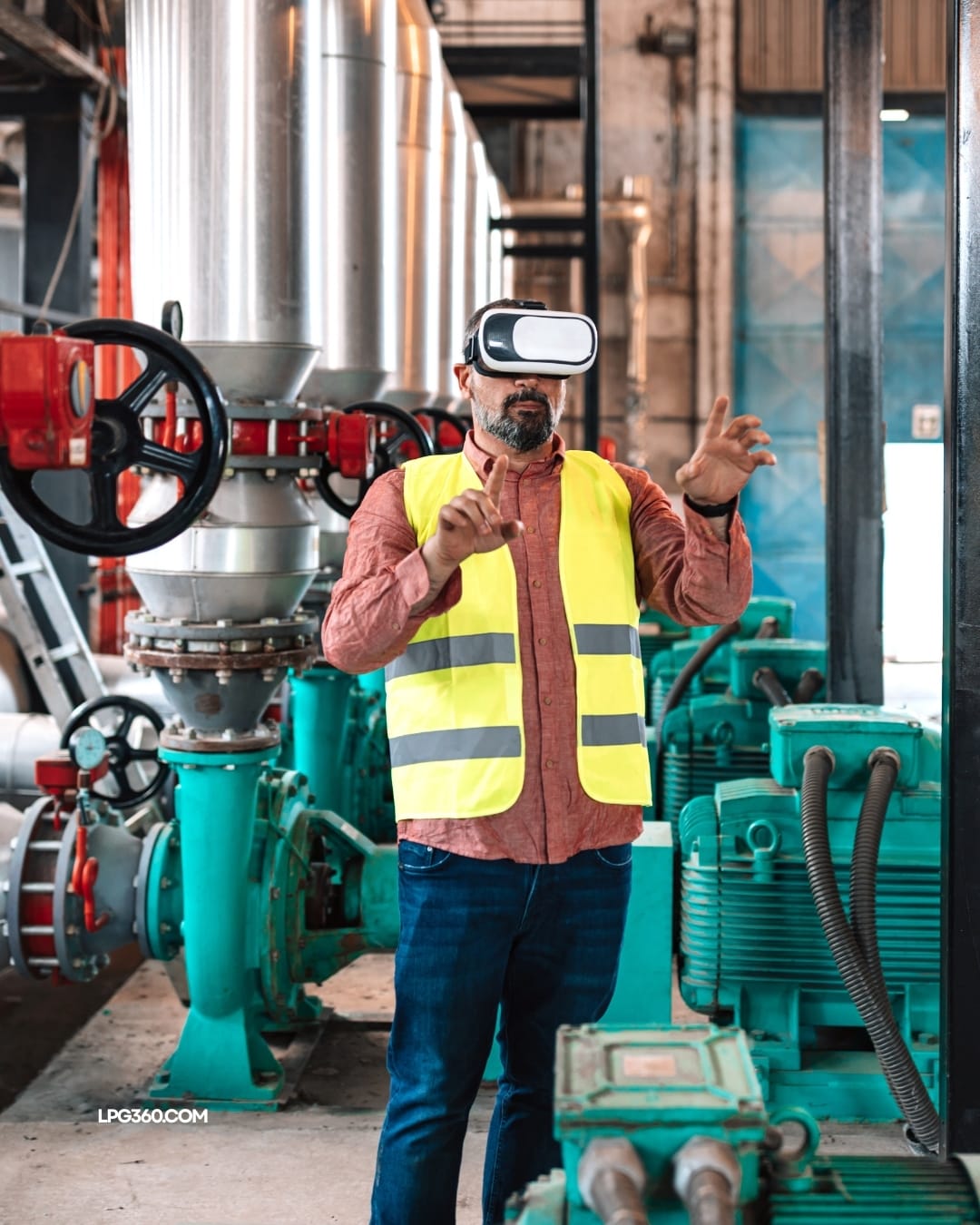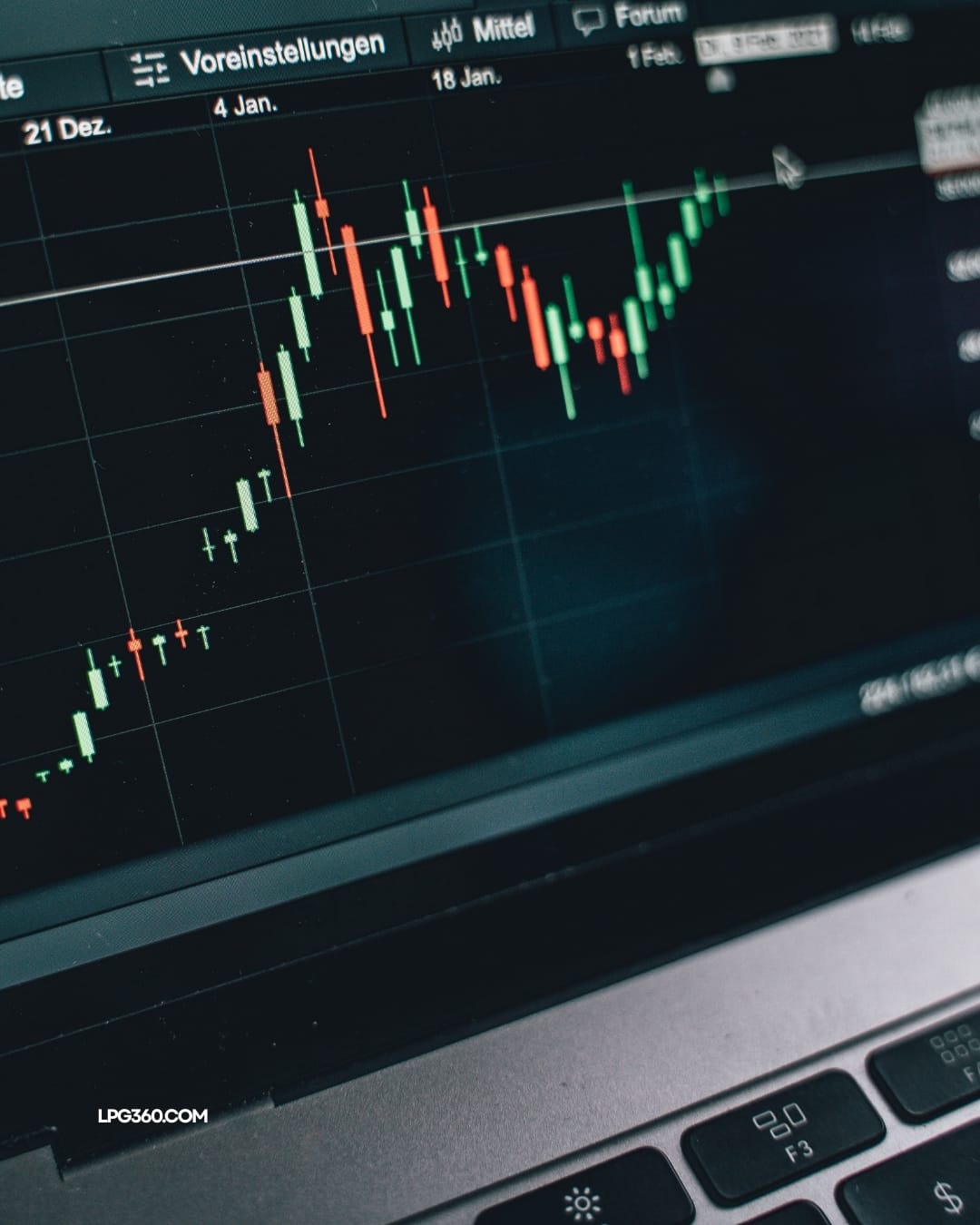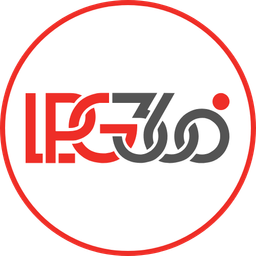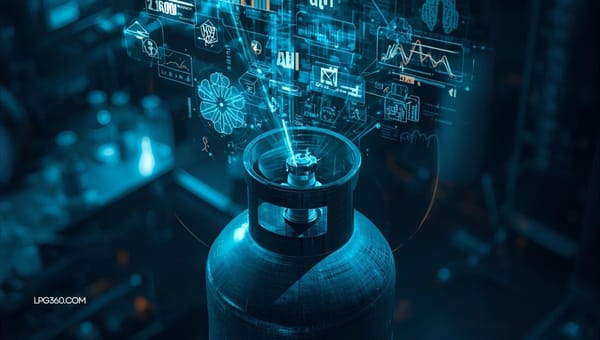LPG Market 2025: Trends, Challenges & Future Forecasts.

The Liquefied Petroleum Gas (LPG) market in 2025 is experiencing significant shifts influenced by global energy demands, environmental policies, and technological advancements. As nations strive for cleaner energy solutions, LPG continues to play a pivotal role as a transitional and versatile fuel. Understanding these trends is crucial for stakeholders to adapt and thrive in this dynamic environment.
Key Trends Shaping the LPG Market in 2025
- Moderate Global Trade Growth
The global LPG trade is projected to grow by 1.4% in 2025, a slowdown attributed to U.S. terminal capacity constraints. While U.S. exports are expected to rise by 6%, infrastructure limitations may hinder overall trade expansion . - Surge in U.S. Exports
The United States remains a dominant LPG exporter, with significant growth driven by increased production. However, terminal capacity limitations could pose challenges to meeting global demand . - Shifting Demand in India
India's LPG import growth is anticipated to decelerate in 2025 due to plateauing residential demand. Conversely, the introduction of new Propane Dehydrogenation (PDH) capacities is expected to boost propane imports, altering the traditional propane-butane import mix . - Expansion of BioLPG
The market for BioLPG is gaining traction, especially in regions aiming to reduce carbon emissions. This renewable alternative is expected to play a significant role in the LPG market's evolution . - Technological Advancements in Storage
Innovations in LPG storage solutions, including advanced safety protocols and detection systems, are enhancing storage efficiency and safety, contributing to market growth . - Policy and Regulatory Influences
Government initiatives promoting clean energy and reducing carbon footprints are influencing LPG market dynamics. Subsidy reforms and environmental regulations are reshaping consumption patterns and market strategies . - Growth in Autogas Usage
The adoption of Autogas (LPG as automotive fuel) is on the rise, driven by its cost-effectiveness and lower emissions compared to traditional fuels. This trend is particularly notable in regions seeking sustainable transportation solutions . - Infrastructure Development in Emerging Markets
Emerging economies are investing in LPG infrastructure, including distribution networks and storage facilities, to meet growing domestic demand and improve energy access . - Price Volatility and Geopolitical Factors
Fluctuations in crude oil prices and geopolitical tensions continue to impact LPG pricing and supply chains, necessitating strategic planning and risk management by industry players . - Environmental and Health Considerations
The push for cleaner cooking fuels in developing regions is driving LPG adoption, supported by health and environmental benefits over traditional biomass fuels .

Conclusion
The LPG market in 2025 is characterized by moderate growth, technological innovation, and shifting demand patterns. Stakeholders must navigate infrastructure challenges, regulatory changes, and evolving consumer preferences to capitalize on emerging opportunities and contribute to a sustainable energy future.
#LPG #LPG360 #LPGMarket2025 #EnergyTransition #BioLPG #AutogasGrowth #CleanEnergy #LPGInfrastructure #GlobalLPGTrends #SustainableFuel #LPGInnovation #EnergyPolicy #LPGStorageSolutions #MarketDynamics #LPGTrade #RenewableEnergy #LPGInsights






